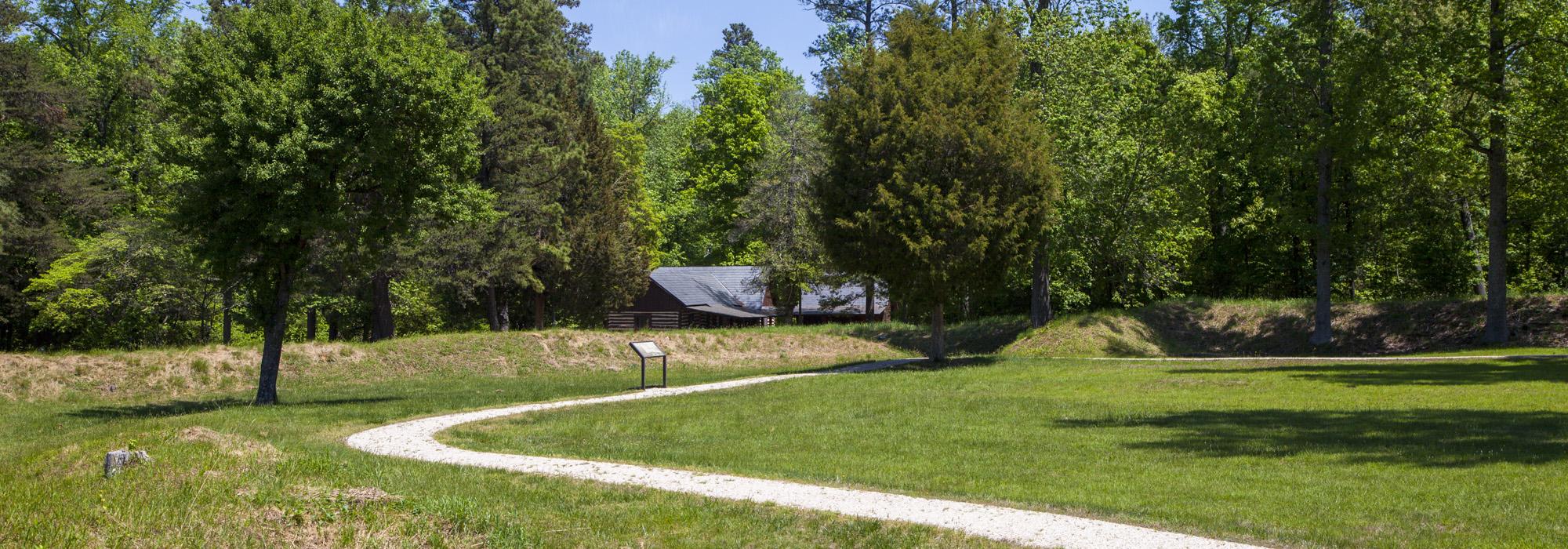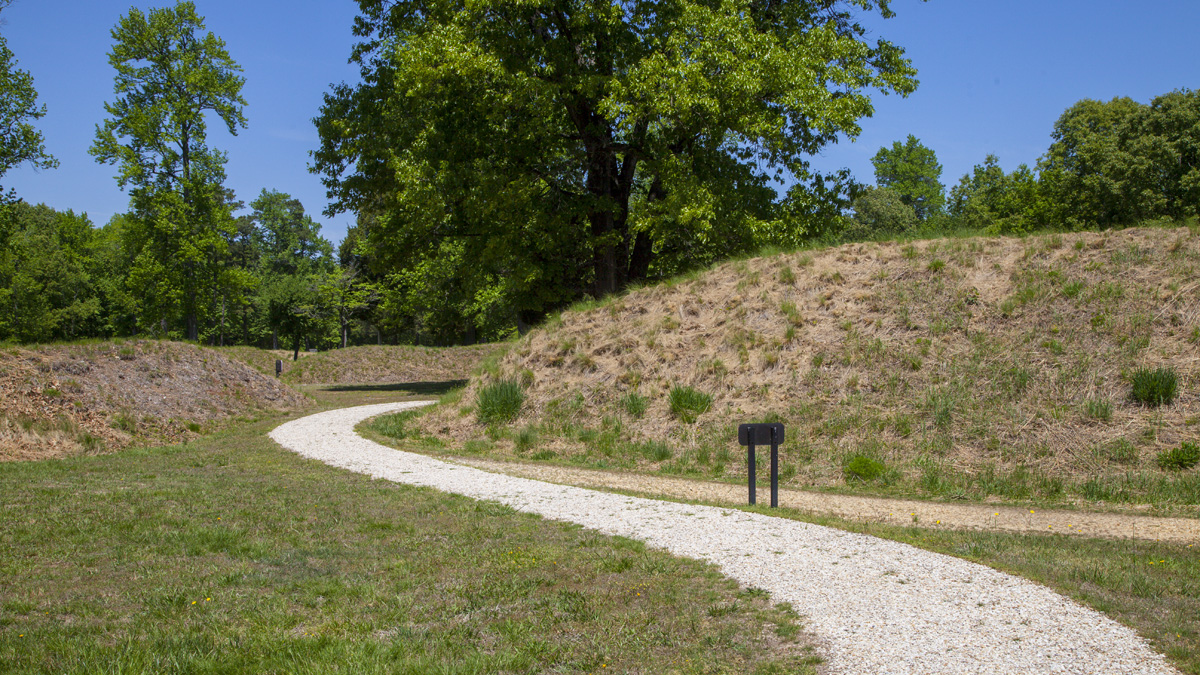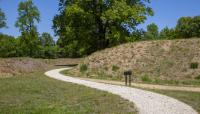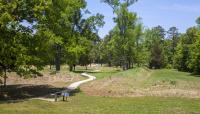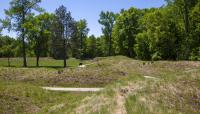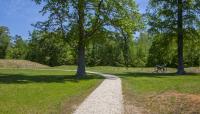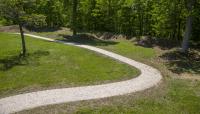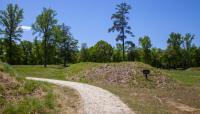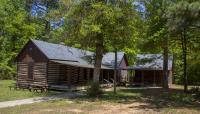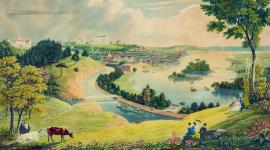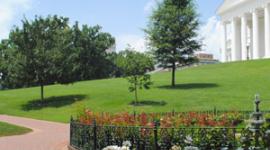Landscape Information
Situated amidst agricultural fields and woodlots ten miles south of Richmond, this 40-acre parcel commemorates a key component of the Confederates’ outer defenses during the Civil War. Comprising extensive earthen fortifications, its strategic location near Chaffin’s Bluff overlooking the James River made the fort a primary target of Union efforts to invade Richmond from the south. Captured in a surprise Union attack on September 29, 1864, it was renamed Fort Burnham in honor of the Union general killed in the attack. The following day, General Robert E. Lee led an unsuccessful attempt to reclaim the fort, which remained in Union possession through the end of the conflict.
Abandoned after the war, the fort was acquired in 1927 by the Richmond Battlefield Parks Corporation, which eventually came to own some 684 acres of Civil War battlefields. In 1930, a log cabin was constructed on the site and, two years later, the battlefields were donated to the Commonwealth. In 1936, the sites were transferred to the National Park Service, forming the core of Richmond National Battlefield Park. The Civilian Conservation Corps, responsible for building roads and stabilizing earthworks throughout the Park, maintained an encampment at Fort Harrison.
Today, the historic cabin serves as a seasonal visitor center, exhibiting information about the fort and other aspects of the Richmond-Petersburg Campaign. A seven-mile tour road winds through extant earthworks, fort ruins, a well, and cannons. Fort Harrison is a contributing unit of Richmond National Battlefield Park, listed in the National Register of Historic Places in 1966.



